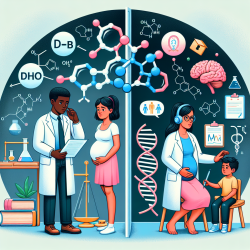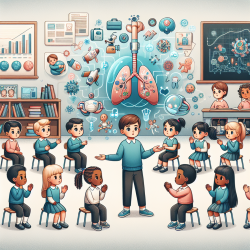Introduction
In the quest to improve outcomes for children with Autism Spectrum Disorder (ASD), understanding the environmental factors that may contribute to its development is crucial. A recent study titled "Sex Differences in the Effects of Prenatal Bisphenol A Exposure on Genes Associated with Autism Spectrum Disorder in the Hippocampus" sheds light on how prenatal exposure to Bisphenol A (BPA) might influence gene expression linked to ASD.
Understanding BPA and Its Impact
BPA is a common chemical found in various consumer products, including plastics and food containers. Its structural similarity to estrogen raises concerns about its potential to disrupt hormonal systems. The study in question investigates how prenatal exposure to BPA affects gene expression in the hippocampus, a brain region critical for memory and learning, and its implications for ASD.
Key Findings
The study reveals that prenatal BPA exposure results in sex-dependent changes in the hippocampal transcriptome, with significant gene dysregulation. Notably, genes such as Auts2 and Foxp2, which are associated with ASD, showed altered expression patterns. The findings suggest that BPA exposure could increase ASD susceptibility by affecting neurological functions.
Implications for Practitioners
For practitioners in speech-language pathology and related fields, these findings underscore the importance of considering environmental factors in ASD etiology. While genetic factors play a significant role, understanding the environmental contributors can aid in developing comprehensive intervention strategies.
Encouraging Further Research
This study opens the door for further research into the mechanisms by which BPA influences gene expression and its long-term effects on neurodevelopment. Practitioners are encouraged to stay informed about ongoing research and consider these environmental factors when working with children with ASD.
Conclusion
As we strive to unlock the potential of every child, understanding the complex interplay between genetics and environmental factors is key. By integrating these insights into practice, we can better support children with ASD in achieving their full potential.
To read the original research paper, please follow this link: Sex Differences in the Effects of Prenatal Bisphenol A Exposure on Genes Associated with Autism Spectrum Disorder in the Hippocampus.










